We’re Not Just Checking Boxes: Why Property Visits Are About People, Not Paperwork
When most landlords think about mid-tenancy property visits, the first words that come to mind are usually compliance, checklists, and risk management. And yes - visits are absolutely essential for staying on top of regulations (especially with changes like Awaab’s Law and the upcoming Renters’ Rights reforms).
But there’s another side to the story that’s often overlooked: property visits are also one of the best opportunities you’ll ever have to build better relationships with your tenants.
Moving Beyond the “Inspection” Mindset
Let’s be honest. Most tenants don’t look forward to a property visit. They often feel scrutinised or uncomfortable - and sometimes landlords feel the same way too.
The trick is to stop thinking of visits as a cold inspection and start treating them as a two-way conversation. A good property visit isn’t just about spotting issues - it’s about:
Building rapport with your tenants
Understanding their concerns before they become complaints
Offering proactive support and advice
Protecting your investment by catching problems early
When tenants feel listened to, they’re far more likely to report issues promptly, allow access for maintenance, and look after the property with more care. Everyone wins.
Communication is Everything
How you frame the visit sets the tone. Instead of a blunt “inspection notice,” explain that visits are part of good property management:
“We carry out regular visits to make sure your home is in good condition and to pick up on any repairs or concerns you might have. It’s also a chance to check safety features like smoke alarms so we can keep everything running smoothly.”
Giving proper notice (at least 24 hours in writing - or longer if your tenancy agreement requires it), offering flexible times, and following up afterwards with notes or thanks shows professionalism and respect.
How Often Should You Visit?
There’s no set law in England on visit frequency, but every 3-6 months is generally considered best practice. In Wales, there’s a minimum requirement of one visit per year, and in HMOs, it can even be a condition of the licence.
Consistency is key. Tenants know what to expect, landlords stay protected, and problems don’t have time to escalate.
Best practice also means:
Using a clear checklist tailored to the property
Taking photos (with tenant consent)
Documenting findings in a professional format
Acting on any follow-ups quickly
Keeping landlords updated without delay
Spotting Risks Before They Escalate
Property visits are often the only chance you’ll have to pick up early warning signs, such as:
Damp, mould, or leaks
Poor ventilation or heating problems
Blocked fire exits
Evidence of tenancy breaches or illegal activity
Neglected maintenance that could cause serious damage
Catching these early can save you thousands, prevent legal trouble, and keep your tenants safe.
Why the Stakes Are Higher Than Ever
Courts and local authorities are coming down hard on landlords who don’t take proactive management seriously. The risks include:
Rent Repayment Orders
Section 21 notices being thrown out because of unresolved repairs
Civil penalties or fines under HHSRS enforcement
Prohibition Orders restricting use of the property
Judges often ask: “What evidence do you have that you’ve managed this property properly?”
If you can produce clear, timestamped visit reports with photos, you’ll be in a far stronger position than a landlord who simply shrugs and says “I didn’t know.”
The Bottom Line
Property visits aren’t just a tick-box exercise. Done well, they:
Protect your investment
Strengthen tenant relationships
Keep you compliant with ever-tighter legislation
Provide a paper trail that could save you in court
Think of them less as an awkward obligation, and more as a vital part of being a professional landlord. After all, good property management isn’t just about buildings - it’s about people too.
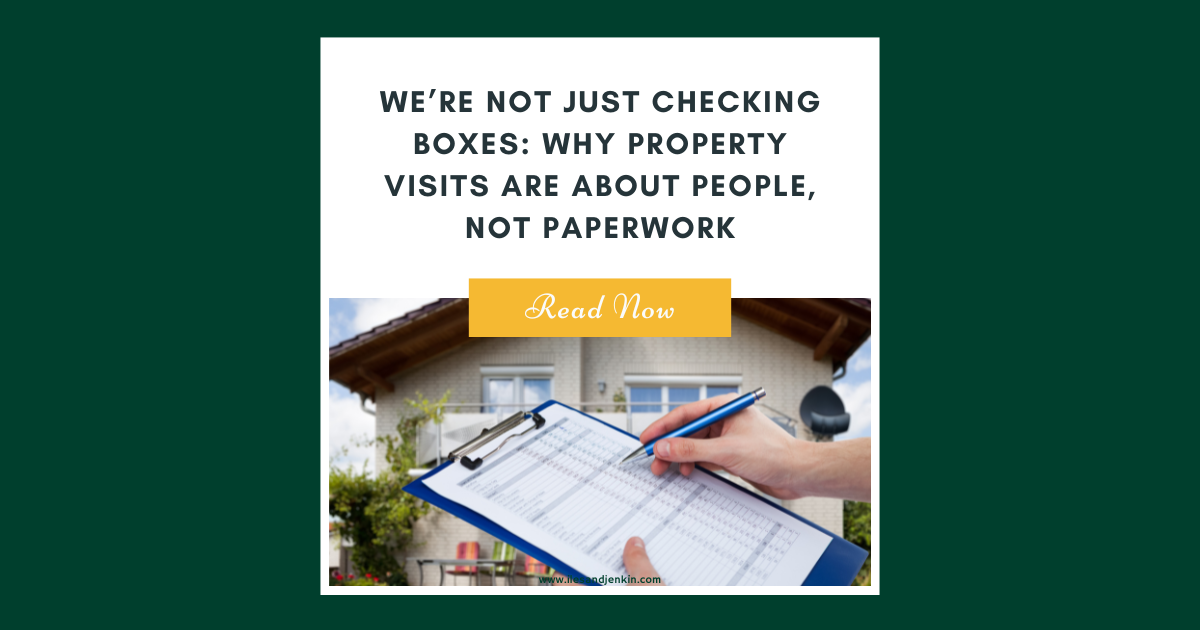
 By
By 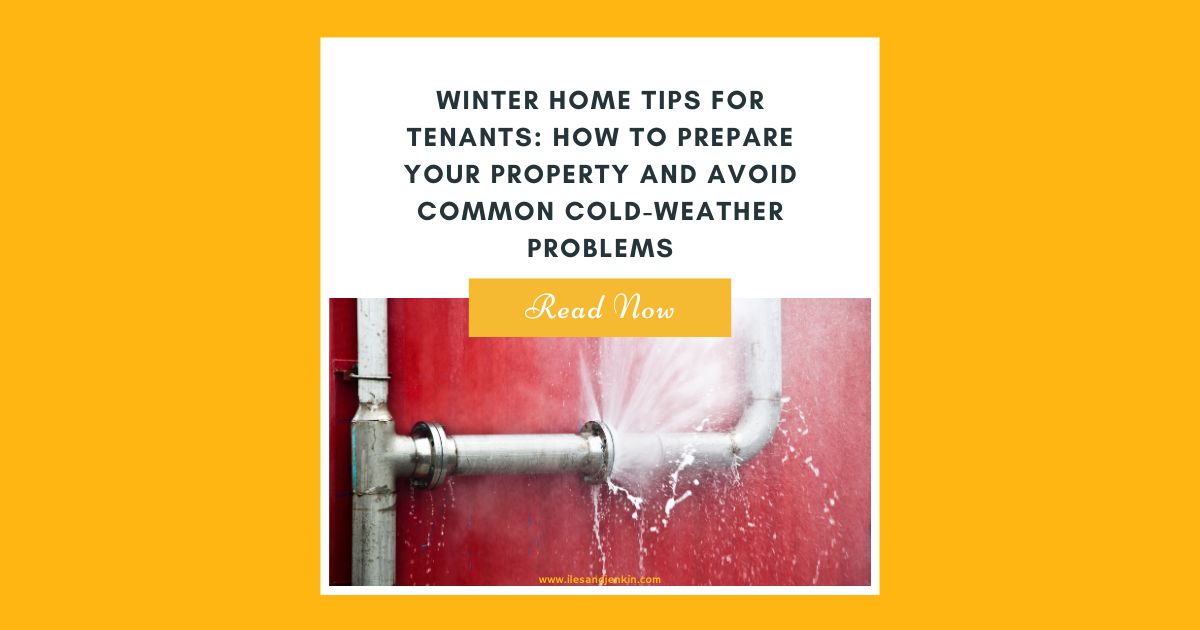
 posted by
posted by 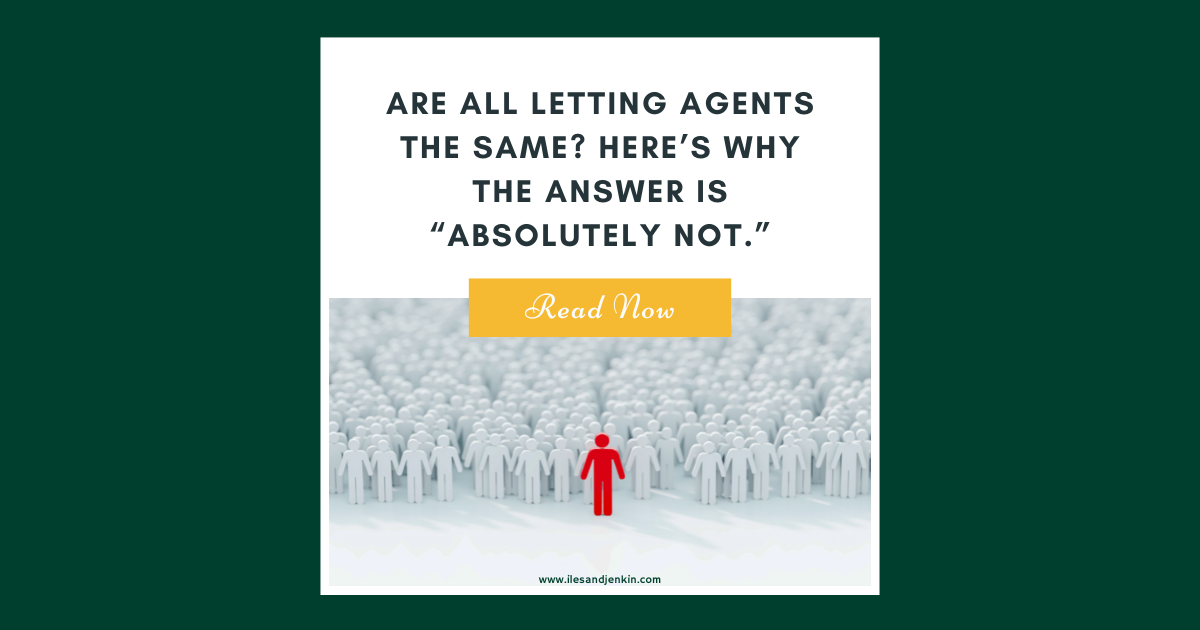
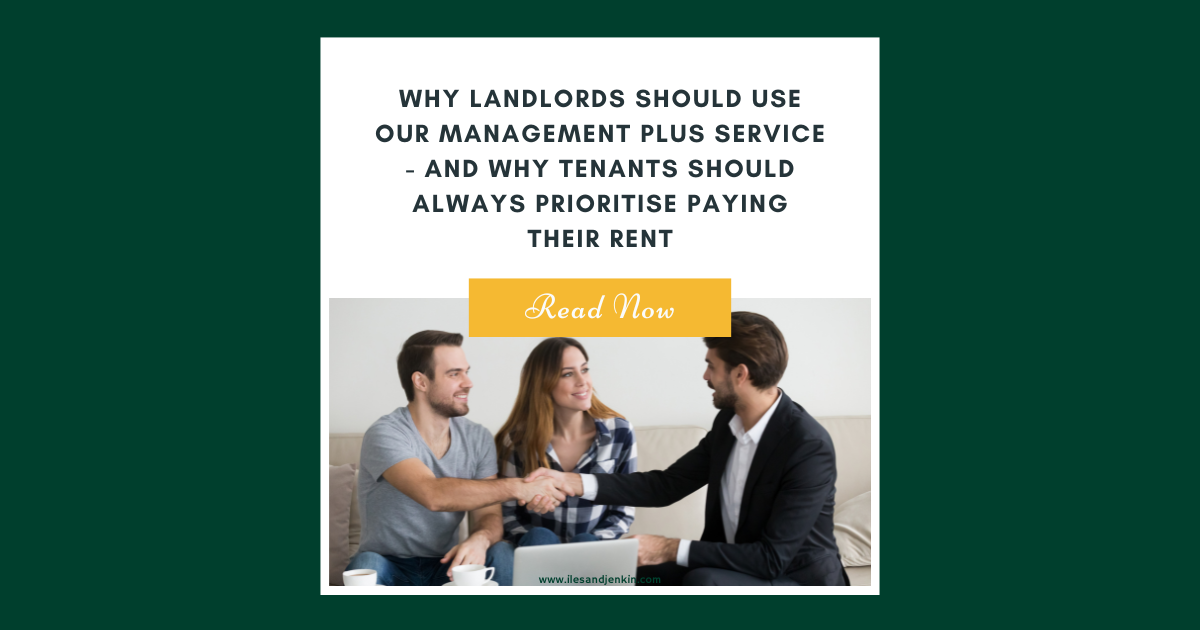

Share this with
Email
Facebook
Messenger
Twitter
Pinterest
LinkedIn
Copy this link